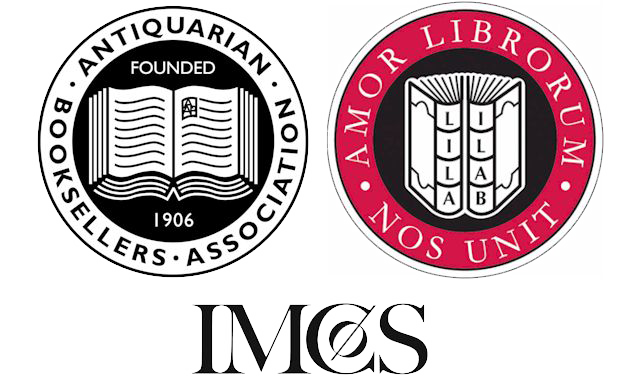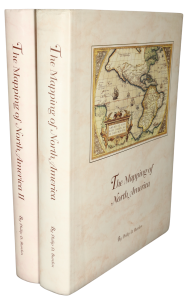Rare Maps and Prints
- World & Celestial
- North America
- West Indies, South & Central America
- British Isles
- British Isles
- English counties
- Large-scale
- Bedfordshire
- Berkshire
- Buckinghamshire
- Cambridgeshire
- Cheshire
- Cornwall
- Cumberland
- Derbyshire
- Devon
- Dorset
- Durham
- Essex
- Gloucestershire
- Hampshire
- Herefordshire
- Hertfordshire
- Huntingdonshire
- Islands
- Kent
- Lancashire
- Leicestershire
- Lincolnshire
- Middlesex
- Norfolk
- Northamptonshire
- Northumberland
- Nottinghamshire
- Oxfordshire
- Rutland
- Shropshire
- Somerset
- Staffordshire
- Suffolk
- Surrey
- Sussex
- Warwickshire
- Westmoreland
- Wiltshire
- Worcestershire
- Yorkshire
- Wales
- Scotland
- Ireland
- Western Europe
- Eastern Europe
- Middle East
- Africa
- Asia
- Australasia & Pacific
- Decorative Prints
- Title Pages
Mr. Philip D. Burden
P.O. Box 863,
Chalfont St. Giles, Bucks HP6 9HD,
UNITED KINGDOM
Tel: +44 (0) 1494 76 33 13
Email: enquiries@caburden.com
Publication of this map is detailed in the Advertisement below the title. ‘The Map of the Continent of South America, was originally undertaken by the advice of His Excellency the late Chevalier Pinto, during his residence in London, as Minister Plenipotentiary from the Court of Portugal; who graciously patronized the work by communicating all the manuscript maps & other geographical documents of the Portuguese Territories, which His Excellency, when Governor of Paraguay, had directed to the made & collected.’ He goes on to name specific manuscript maps, some dated up to as late as 1790. Faden goes on to describe several other items acquired for the purpose especially relating to Brazil including a topographical chart of the coast of Sao Paolo surveyed 1799-1800 by Joao da Costa de Ferreira. They also procured more recent cartographic material on the Spanish regions also detailed.
The task of compiling the map was left to Louis Stanislas D’Arcy de La Rochette (1731‐1802). Little is known of him other than he married Margaret Scalé in London in 1756, believed to be the sister of Bernard Scalé, surveyor, himself brother-in-law to John Rocque, cartographer and engraver. All likely with French Huguenot backgrounds. His earliest cartographic work attributed to him is in 1755 according to Worms & Baynton-Williams. He produced work for all the great publishers of the period: Thomas Jefferys, Robert Sayer and John Bennet and of course William Faden and developed an excellent reputation for the quality of his mapmaking skills.
Luís Pinto de Sousa Coutinho, Viscount Balsemão (1735-1804), was Portuguese Minister Plenipotentiary in London from 1774-88. As the Cruz Cano map was used in negotiations with Portugal over border divisions in South America, it would seem logical that Portugal would make its own moves to influence the cartography of the day. Especially as Spain was becoming the enemy of Britain again.
This resulting map is a remarkable achievement and displays clear advances over the ‘Mapa Geografico’ Faden published just 8 years earlier. The north coast is improved, especially around the mouth of the Orinoco River, considerably more detail is provided for Brazil, especially around the region of Rio de Janeiro. As indicated, some of the largest advances are in the region of the Rio de la Plata. The coast of Patagonia and Tierra del Fuego are also much improved. Advances in Spanish possessions include the coast of Chile, the island of Chiloe notably.
Published in 1807 and of some considerable rarity, this map was until recently barely studied. In 2017 a previously unrecorded proof state, quickly corrected appeared on the market. In the process of adding ‘COLOMBIA’ to the map itself it was noted that the title was incorrect and subsequently altered from ‘Columbia Prima’ to Colombia Prima’. ‘Columbia’ is a spelling associated with North America; ‘Colombia’ is the correct spelling of the South American region. That proof copy was in early outline colour, this further example is in magnificent full early wash colour providing significant impact. No other examples have been traced. Further study reveals the following list of states:
State 1, 1807. Entitled ‘Columbia Prima’. Proof.
State 2, 1807. ‘COLOMBIA’ added on the map. Proof.
State 3, 1807. Title altered to ‘Colombia Prima’
State 4, 1817. We acquired a ‘second edition’ dated 1817 in 1993 (Sotheby’s)
State 5, 1823. An edition bearing the imprint of James Wyld dated 1823, the year he took over Faden’s business.
State 6, 1828. A fourth edition located at the National Maritime Museum and JCB.
State 7, 1872. James Wyld imprint.
As the title indicates the map was published following the death of de la Rochette. It was the work of the engraver Henry Cooper (fl.1804-19), known to have produced other works for Faden. Such was the threat to the Portuguese of invasion that King Dom Joao VI moved the Portuguese court to Rio de Janeiro in November 1807. It finally returned to Portugal in 1822. The following year Brazil declared its independence, interestingly not as a republic, but with a king. The map was published just prior to the 16-year period (1810-25) in which the whole of South America except for Guyana and Suriname would become independent of colonial powers. Provenance: Juan and Peggy Rada Collection. Martinic (1999) p. 205 no. 149; Mitchell, Keith (2016) ‘British diplomacy and the independence of South America’, www.gov.uk; ODNB; Smith (1966); Worms (2004); Worms & Baynton-Williams (2011).








